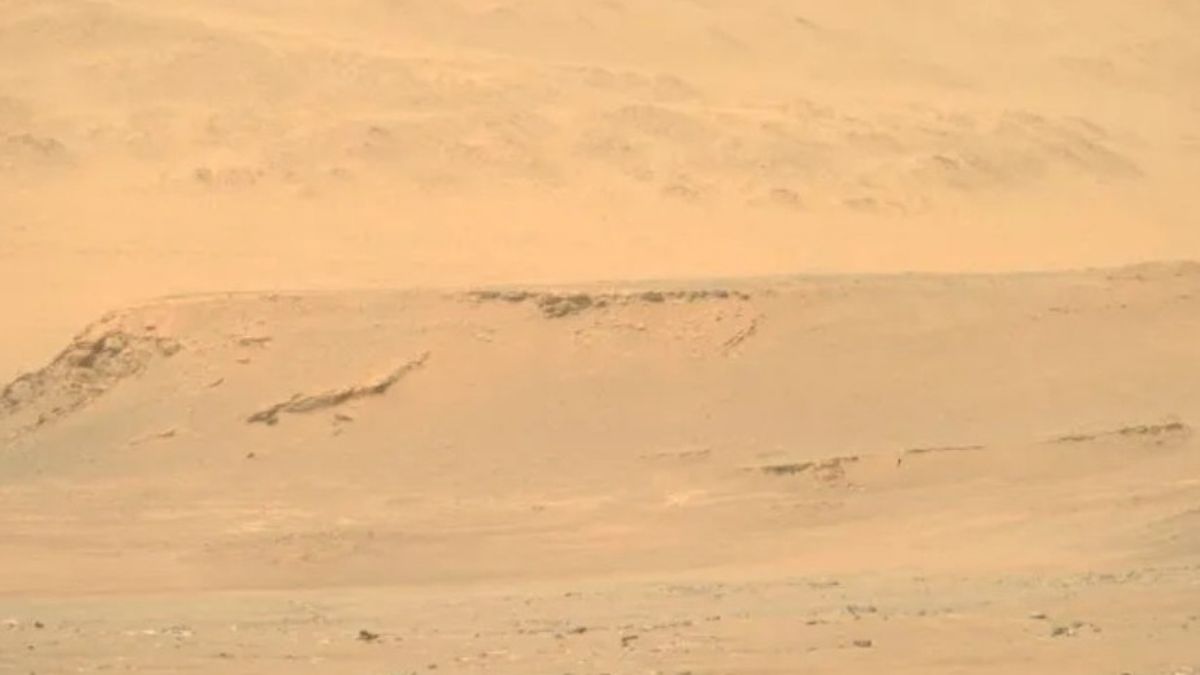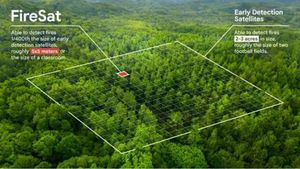JAKARTA Perseverance, a Mars rover robot, managed to set a new high record on Monday, September 16. NASA revealed that the robot had climbed more than 300 meters from the landing site.
A new height record was reached when the rover climbed to the edge of Jezero Crater. Currently, Perseverance is heading to its first stop to conduct research, namely Dox Castle. According to the researchers, this place houses ancient rock bases.
"Dox Castle will be our first chance to do edge science and we are excited to look for evidence of a transition between edge material and edges to begin compiling the rock stratographic history that forms the edges of the Jezero crater," NASA said.
The Jezero Crater was chosen as the next site of exploration as its territory is expected to be key in the formation of early geology on Mars. NASA says that the crater's surface holds a lot of ancient crustal material that is interesting for research.
"The crater cap acts as an ancient Martian historical guard, lifting and recapitulating the stratographics of this affected material," NASA explained. "With a Perseverance rover, we have the potential to explore some of the oldest rock exposed on the planet."
SEE ALSO:
Before climbing to the edge of Jezero Crater, NASA's Perseverance team on Earth had made an initial plan for exploration. The team mapped out various types of materials that Perseverance robots might encounter while crossing the edge of Jezero Crater.
This mapping is supported by an orbital image of the High-Resolution Imaging Science Experiment (HiRISE) instrument. The team divides the crater edge area into 36 quadrangles of the map and maps the rock unit based on morphology, rona, and texture with orbital images. With this mapping, Perseverance can follow the route strategically.
"The mapping specialist then connects the units across the quadrant to convert 36 miniature maps into one large geological map of the crater edge. This resource is used by the team to plan a strategic route to a scientific area of interest on the crater bank," NASA said.
The English, Chinese, Japanese, Arabic, and French versions are automatically generated by the AI. So there may still be inaccuracies in translating, please always see Indonesian as our main language. (system supported by DigitalSiber.id)















